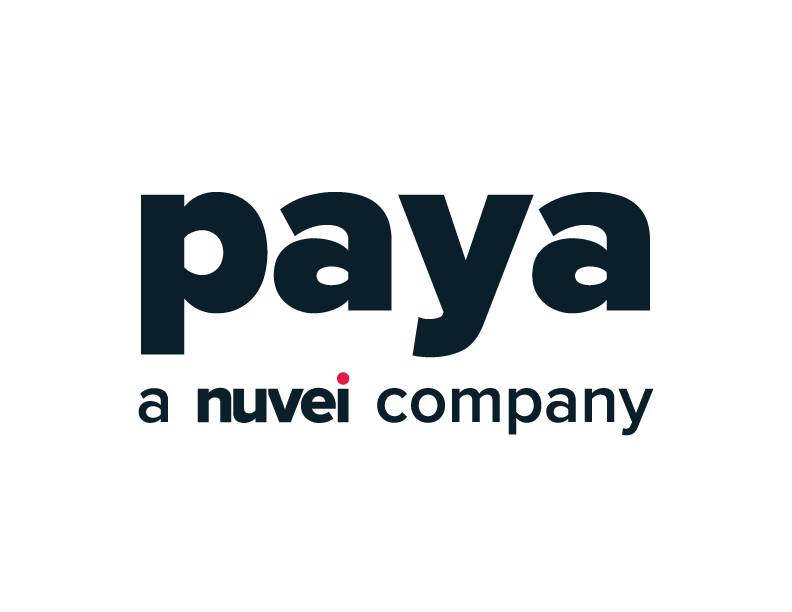
Head of Product, Marketing & Communications at Paya
Innovation. Ingenuity. Transformation. If you’re a software provider, you are likely familiar with these terms as well the aspirational, and assumed massive change, that often accompanies them. But innovation doesn’t always have to be a heavy lift, and sometimes the most impactful advancements are behind the scenes. Software companies face no shortage of challenges – many of which have been amplified by the pandemic and the sudden transition to remote work, including security, budgetary concerns, and onboarding new technologies and processes. It’s an environment that has driven home the importance of not only a solid internal team, but also that of dedicated and consultative partners who bring their own expertise to help an organization deliver improved efficiency and performance.
At Paya, we see this from both perspectives: first, as a provider of billing and payments services and second, as a software company that benefits from strategic partners that support operational performance. For us, and as guidance to others who leverage partner relationships to enhance their own offering, a key quality we look for is how much that partner understands our business end-to-end relative to their own solution. This is the bar by which we measure ourselves, for our own clients, and we expect the same from service providers who work with us. In essence, it is critical they think about our users and our users’ experiences, as well as how we go to market, how we sell, and how we provide back-office support. In essence, it’s critical to look for partners who specialize in delivering value across the customer lifecycle.
As software companies look for partners to solve specific needs, there are several key principles that are foundational to encouraging constant and strategic innovation – and by doing so, to establishing successful and long-term partnerships in the software space:
User experience: In a B2B environment, there are many users that must be considered, and a partner who can solve for technical complexity is one that will offer long-term value to a software provider. Within this ecosystem, for instance, a software developer will have different needs than a sales person, and all of these stakeholders have an entirely distinct set of needs – and workflows and processes – than the end customer using that software. Therefore, it’s imperative that innovation is considered and implemented from the standpoint of the user. While there are certainly times that a big problem can be addressed with a small fix, that tends to be the exception rather than the norm. Paying attention to the details and the nuance of the user experience is a critical hallmark of impactful product innovations.
Partner familiarity: Effective partnerships not only entwine the software providers’ existing ideation and planning processes, but also evaluate the ongoing direction of the industries and markets in which the partner operates. Early on, products and solutions should consider the various needs of all the different consumers and users of a particular software solution, from the technical team of the software company, to the back-office team, to the end user. By understanding upfront the challenges that each group is facing, as well as the broader ecosystem in which the partner is operating, the provider can provide targeted solutions to simplify complex business processes.
Look inward: Often, a B2B provider may find that they have the same needs as their partners, and they are presented with the unique opportunity to create and innovate solutions for both themselves and their customers. They should take advantage of these opportunities to share potential opportunities for growth, candidly discuss challenges and problem-solve around them, and ultimately work together to increase efficiency and create better products for both partners.
Customizable design: In combination, these factors all lead to the development and design of a product – which, at its best, starts with the user journey and user needs. Flexibility is a key component of superior product design: Underlying architecture that allows for optionality is key in a B2B environment in which one size almost never fits all. True innovation occurs when a partner is able to build technologies and solutions that support customization, without detracting from the overarching goal of keeping workflows simple and frictionless.
Read More
Especially in the B2B space, innovation can mean a number of different things to different partners and different stakeholders within their organization, making optionality a key component of any design. Therefore, the most effective collaborations must keep the user experience and needs top of mind. With this foundational principle, effective b2b providers can work with their partners to design and build products that not only benefit the user experience in the short term, but also allow for the flexibility to make improvements over time, which evolve in lockstep with their partner and the industry in which they operate.
